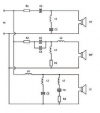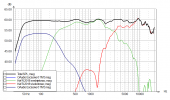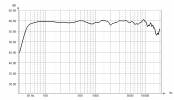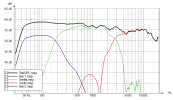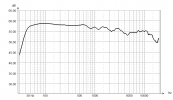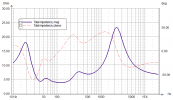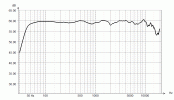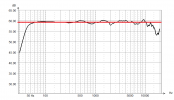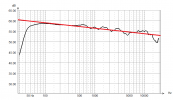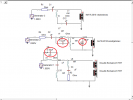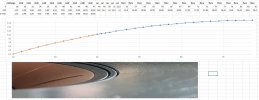- Thread Starter
- #61
I realised too late what the measurement was of. It would be interesting to see a measurement of what comes out of the port at higher levels with the crossover in place.
I don't know about higher levels since i haven't measured it yet but i simulated port response in REW with crossover frequency at 250Hz and it looked great - even when 400Hz resonance was visible. I'll post that later when i get back home.
Last edited:


